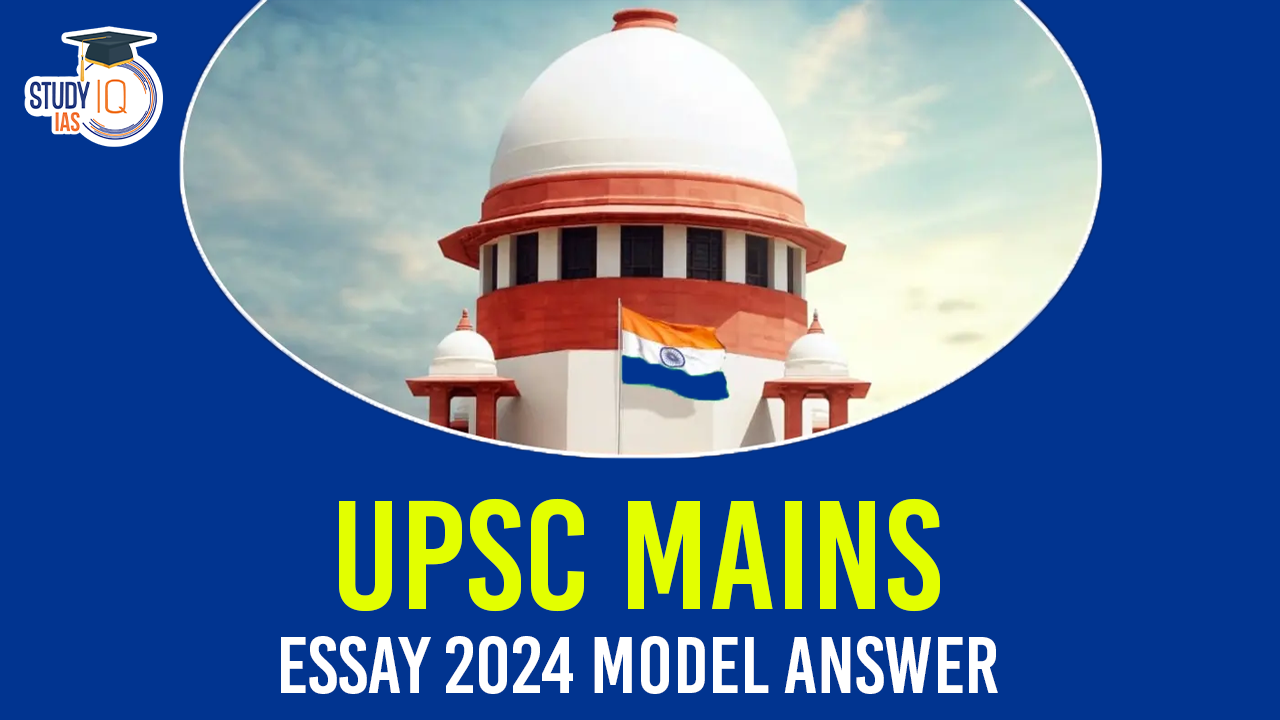5. Social media is triggering “Fear of Missing Out” amongst the youth, precipitating depression and loneliness
Approach
- Overview of the increasing use of social media among Indian youth.
- Introduction of FOMO as a psychological phenomenon, linked to the growth of platforms like Instagram, Facebook, and TikTok.
- Exploring the link between social media usage and mental health challenges in the Indian context.
- India-specific societal pressures, cultural norms, and the digital divide’s role in exacerbating FOMO.
Thesis
- Social media is creating an environment where Indian youth, due to FOMO, experience feelings of inadequacy, exclusion, and pressure to conform, leading to depression and loneliness. This is heightened by India’s societal expectations and social media usage patterns.
Meaning/Context
- Definition of FOMO: Fear of missing out on life experiences that others appear to be enjoying, often amplified by social media.
- Social Media in India: India has over 448 million social media users as of 2023, with youth being the largest demographic (Statista report).
- Psychological impact: FOMO triggers anxiety, insecurity, and self-doubt, particularly in impressionable youth.
- Youth Vulnerability: The desire to fit in and meet societal and peer standards increases the impact of social media-induced FOMO.
- Societal Norms: Pressure to meet family and societal expectations, which is exacerbated when peers showcase their “perfect” lives online.
- Mental Health Challenges: National Mental Health Survey (2016) of India reported increasing rates of depression and anxiety among youth, influenced in part by the pressure created by social media.
Various Dimensions:
Individual:
- Teenagers compares their lifestyle to influencers and friends who post about vacations, parties, and success stories. This triggers feelings of inadequacy, pushing them into depression.
- Cyberbullying and Peer Pressure: FOMO can lead individuals to engage in risky or unhealthy behaviors to fit in with peers, as they fear being excluded or left out.
- Example: The National Crime Records Bureau (NCRB) reported a rise in cyberbullying targeting Indian adolescents on social media, driven by FOMO, leading to risky behaviors like accepting online challenges to avoid exclusion.a
Social:
- Groups of friends in metropolitan cities (e.g., Delhi, Bangalore) frequently post pictures from weekend trips or exclusive parties, making others who were not included feel isolated and excluded.
- Report: A 2020 survey by the Indian Journal of Psychiatry found that 45% of young social media users experienced heightened social exclusion and anxiety, particularly when missing social events highlighted online.
Cultural:
- In India, weddings and festivals are widely shared on social media. For those not invited or unable to participate in these events, the constant stream of pictures and videos can lead to FOMO, loneliness, and low self-worth.
- FOMO during events like Diwali, where elaborate celebrations, clothing, and gifts are posted online, causes individuals from rural areas or lower socio-economic backgrounds to feel isolated.
- Example: According to a 2021 survey by the Center for the Study of Developing Societies (CSDS), 40% of youth felt left out during major festivals due to social media-driven comparison.
Psychological:
- The constant comparison on social media leads to anxiety, depression, and low self-esteem among Indian youth.
- Example: A 2020 report by the Ministry of Health and Family Welfare highlighted a 20% rise in cases of depression among Indian youth, correlating with increased social media use during the COVID-19 pandemic.
Educational and Professional:
- Indian students frequently use LinkedIn, Instagram, and Facebook to showcase their academic achievements, internships, or new jobs. Those who have not achieved similar milestones experience FOMO, leading to stress.
- Report: A 2019 survey by the Indian Council for Research on International Economic Relations (ICRIER) reported that nearly 60% of university students in Delhi and Bangalore felt professional inadequacy due to seeing peers’ achievements on social media.
Economic:
- FOMO drives consumerism as young Indians feel the pressure to purchase gadgets, clothing, and other products to keep up with trends showcased by influencers.
- Example: The rise of online shopping platforms like Amazon and Flipkart has been fueled by influencer marketing on social media. A 2022 survey by Nielsen India found that 50% of Indian youth had made purchases based on social media recommendations.
Technological:
- The algorithms analyze user behavior and preferences to curate personalized content, ensuring that users continually encounter posts that pique their interest or trigger emotional responses. As users scroll through a seemingly endless stream of curated updates, they experience a heightened sense of FOMO, fearing they might miss important events or trends.
Antithesis
- Spontaneous Thinking and Curiosity: FOMO is not the sole driver of thoughts or actions; curiosity and intellectual pursuits also play a role.
- Example: Indian innovators and scientists like C.V. Raman and APJ Abdul Kalam were driven by curiosity, not FOMO.
- Positive Effects of Social Media: Social media can also foster real connections, create awareness, and encourage learning.
- Example: Mental health awareness campaigns such as “It’s OK to Talk” and “Let’s Talk” on social media platforms have helped Indian youth open up about their mental health struggles, mitigating the negative impacts of FOMO.
Conclusion
- Summary: Social media, while offering connectivity and opportunities for expression, has also triggered FOMO among Indian youth, precipitating feelings of loneliness and depression.
- Mitigation Strategies: Encourage digital literacy in schools, promote mental health awareness, and emphasize offline connections.
- Government Initiatives: The Indian government’s “Manodarpan” initiative for mental health well-being in students addresses these issues by promoting healthy social media use.
- Final Thoughts: A balanced and mindful approach to social media consumption, along with fostering real-world connections, can help Indian youth avoid the harmful effects of FOMO and improve mental well-being.


 UPSC IFS Interview 2024 Schedule Releas...
UPSC IFS Interview 2024 Schedule Releas...
 CDS Syllabus 2025, Download Subject Wise...
CDS Syllabus 2025, Download Subject Wise...
 Environment, Meaning, Functions, Types a...
Environment, Meaning, Functions, Types a...





















